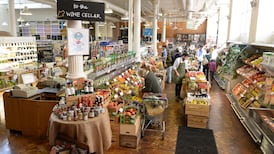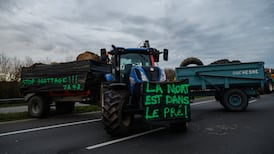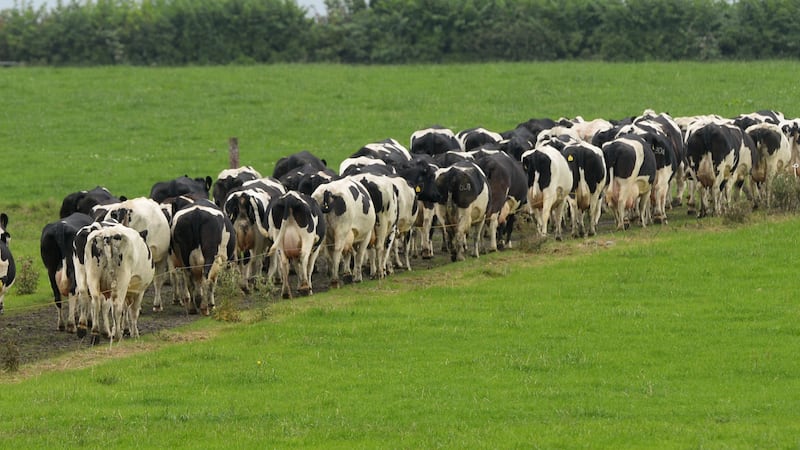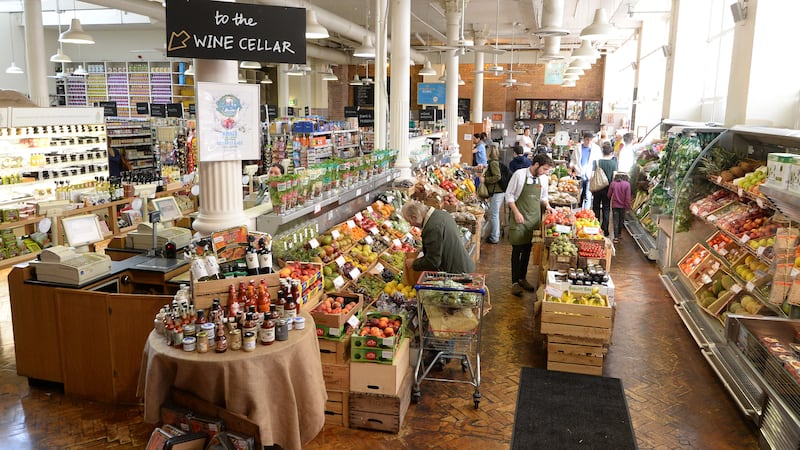Greencore sees its massive investment building up a US conviencience foods business in recent years delivering the type of profit margins enjoyed by the wider group within three years, according to its finance chief.
The US unit, whose main customers are Starbucks and convenience store operator 7-eleven, is expected to turn to profit in the second half of its financial year to end-September from a “modest” first-half loss, mainly due to high start-up costs on its new facility in Rhode Island. Another site in Seattle is on track to start producing in June.
“We expect US margins to converge over time with the total group average profitabilty,” said Alan Williams, Greencore’s chief financial officer, on a call with analysts on Tuesday morning after the company unveiled first-half figures. “I think that’s probably 30-36 months” from now, he said.
The company said it will focus, with its new facilities, on winning business from a broader range of customers, reducing its overall reliance on its two main clients.
Earlier, Greencore said its opeating profit for the first half of its financial year grew 8.5 per cent to £43.3 million (€55.4 million) following two years of heavy investment in its UK and US “food to go” business.
Revenue increased 8.1 per cent to £691.6 million in the six months to March 25, oustripping Davy stockbrokers’ £679 million estimate, and the company announced an interim dividend of 2.55 pence per share, an increase of 6.25 per cent year-on-year.
However, the company, led by chief executive Patrick Coveney, said that the UK is expected to remain uncertain in the near-term "given the changing nature of the grocery industry and other political economic headwinds." It didn't specifically mention the upcoming UK referendum next month on continued EU membership.
Still, he said the company is confident it can deliver a full-year performance in line with market expectations.
“Our strategy of focusing on the UK and US food to go markets is working well and we are continuing to invest in capacity and capability initiatives to support the substantial future growth pipeline,” said Mr Coveney. “We are confident of further progress in the months and years ahead.”
The UK food to go business, which makes up 40 per cent of the group and comprises sandwiches, sushi and salads, delivered 13.1 per cent growth in the first half, which was “well ahead of the underlying market,” Greencore said.
The UK grocery retail enviroment remains difficult, with prices falling as as retailers reorganise themselves, it said.
On a constant currency basis, revenues agross the UK business rose 7.2 per cent, compared to about 2 per cent for the overall market, Mr Coveney said on the analysts call.
“In a tyical week, we feed about half the UK’s population with one of our products,” said Mr Coveney.
The US convenience foods business reported 17.3 per cent revenue growth, helped by a favorable conversion rate from the US dollar into sterling.
Net debt at Greencore increased by £24.6 million to £316 million as the company invested in production capacity. It sees its leverage ratio of net debt-to-operating earnings peaking this year. It was at 2.4 times at the end of March.
Shares in Greencore fell 1.1 per cent to £3.82 in midmorning trading in London.

















